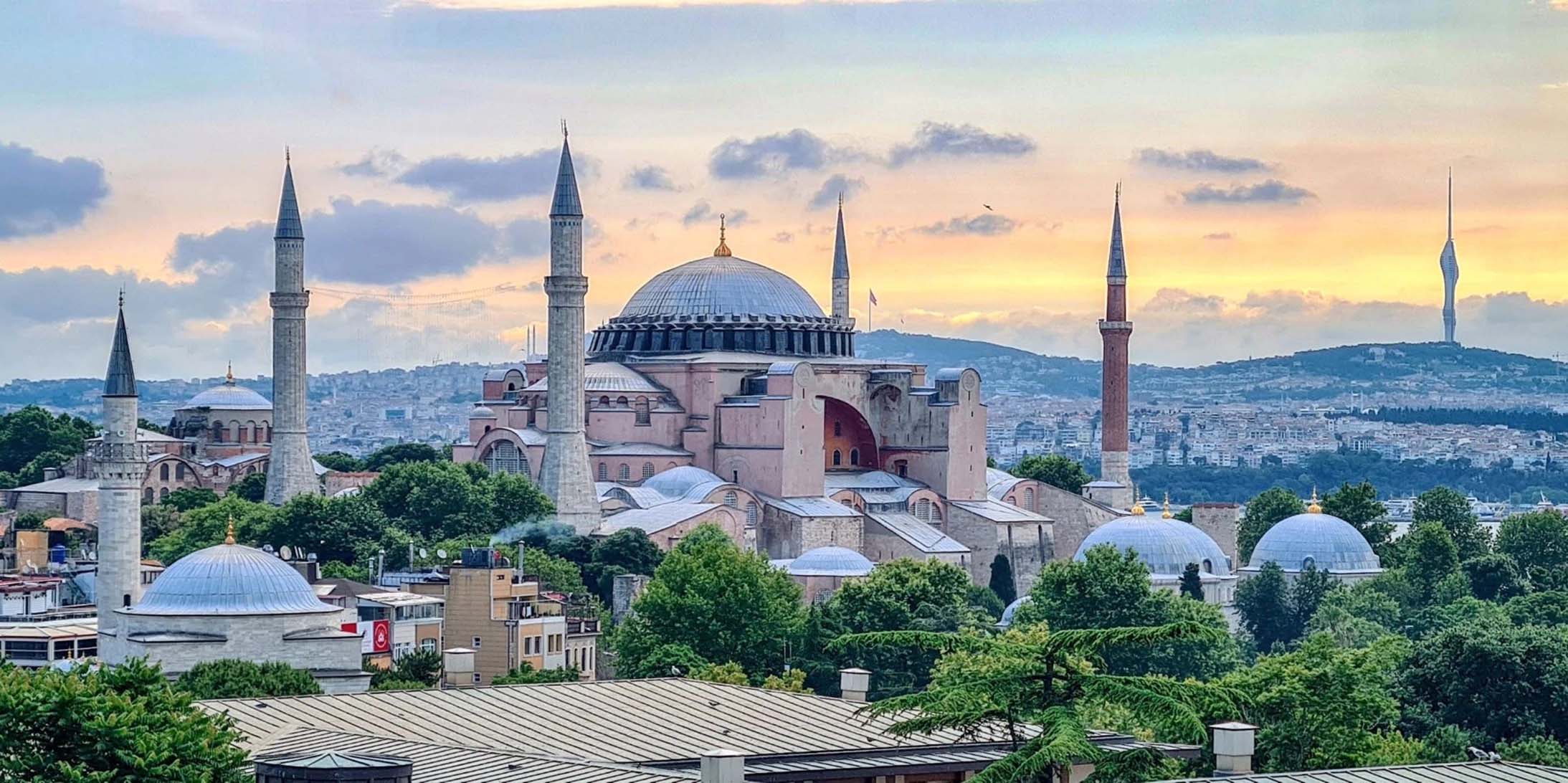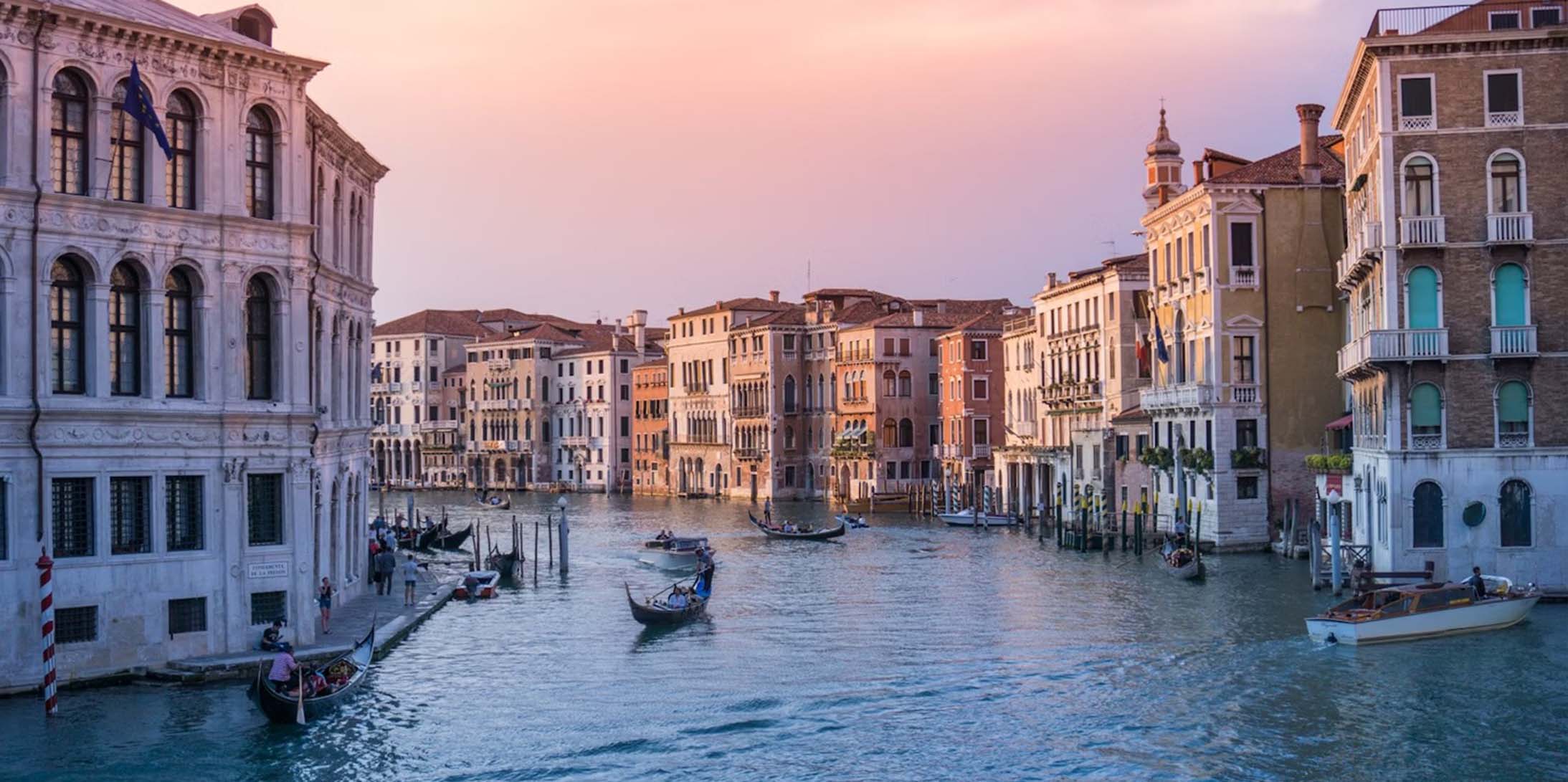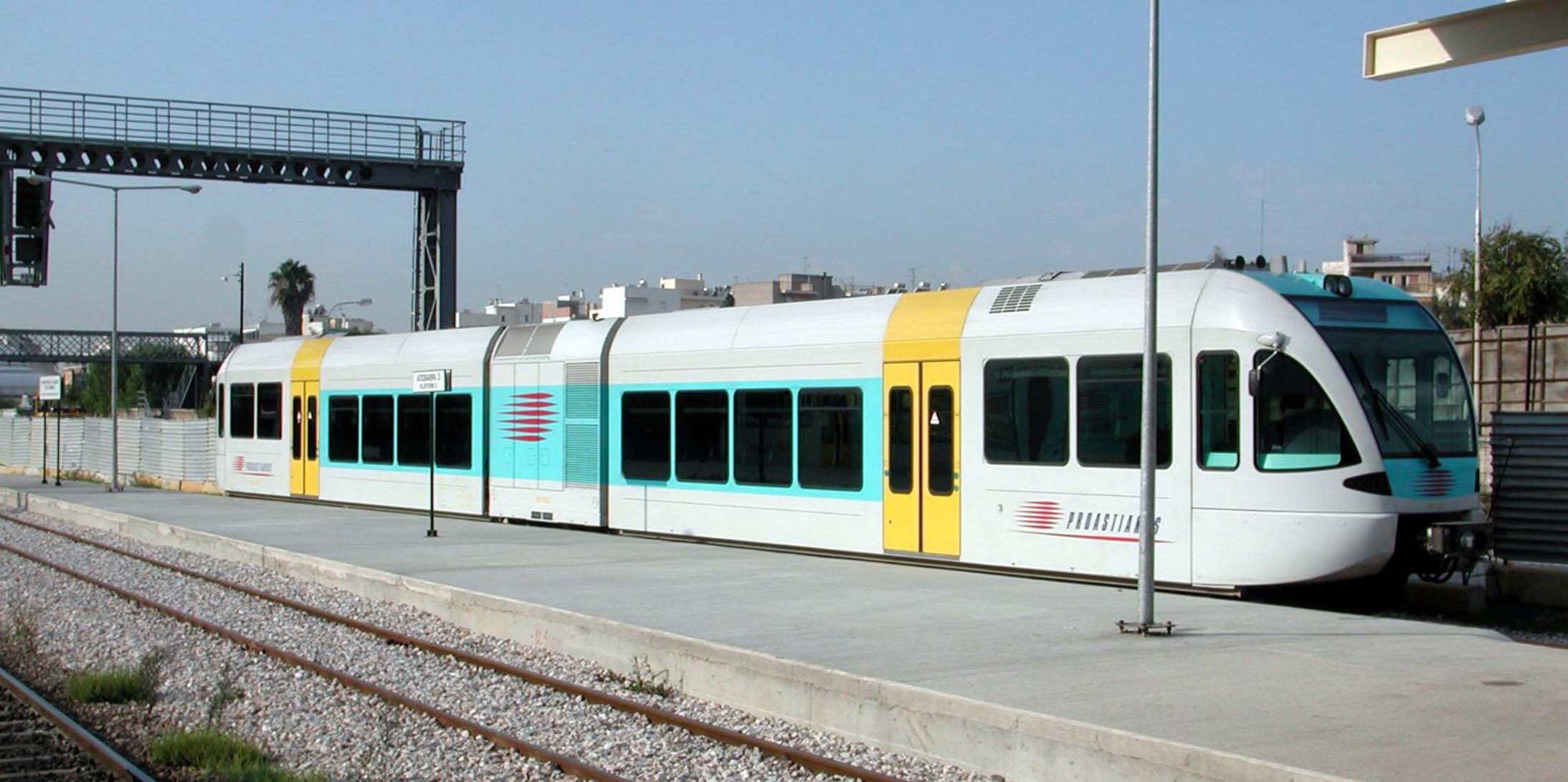Istanbul, a city straddling two continents, blends history and modernity in a unique and vibrant tapestry. From its bustling bazaars to its tranquil mosques, Istanbul is a treasure trove of experiences. In this blog, I’ll share my journey through this fascinating city, including tips on what to pack, how to navigate the city, local etiquette, must-see attractions, and food recommendations.
Travel Gear and Attire: What to Pack for Istanbul
Travel Gear
Packing for Istanbul requires a bit of thought due to the city’s diverse climate and activities. Here’s a rundown of what I found essential:
- Layered Clothing: Istanbul’s weather can be unpredictable, especially if you visit during the shoulder seasons. I packed a mix of short-sleeve shirts, long-sleeve layers, and a light waterproof jacket. This helped me stay comfortable whether I was exploring historical sites or walking through the rain.
- Comfortable Shoes: Given the city’s hilly terrain and cobblestone streets, comfortable walking shoes are a must. I opted for a pair of well-cushioned sneakers and a pair of comfortable sandals for warmer days.
- Daypack: A small daypack proved useful for carrying essentials like a water bottle, camera, and a light sweater.
- Power Adapter: Turkey uses the Type F power plug, so a universal adapter was crucial for charging my devices.
Attire
Dressing in Istanbul is about blending comfort with respect for local customs:
- Casual Daywear: For daily sightseeing, casual wear is appropriate. I wore comfortable jeans, T-shirts, and my trusty walking shoes.
- Respectful Clothing: When visiting religious sites, it’s important to dress modestly. I brought a scarf to cover my shoulders and wore skirts or trousers that reached below the knee.
Weather Considerations
- Spring/Fall: The weather is mild, so layers are ideal. Expect occasional rain, so packing a small umbrella is wise.
- Summer: It can be hot and humid. Lightweight, breathable clothing and sun protection are necessary.
- Winter: Winters can be chilly and wet. A warm coat and waterproof shoes will keep you comfortable.
Currency Exchange and Local SIM Cards
Currency Exchange
The currency in Turkey is the Turkish Lira (TRY). Here’s how I managed my currency needs:

- Airport Exchange: Currency exchange services are available at Istanbul Airport, but the rates are not always the best. I exchanged a small amount to cover immediate expenses.
- ATMs: I used ATMs to withdraw cash. They offer a better exchange rate than airports, but be mindful of foreign transaction fees. I used ATMs affiliated with major banks to minimize fees.
- Banks and Exchange Offices: For a more favorable exchange rate, I visited a local bank in the city center. Many banks offer competitive rates and reliable service.
Local SIM Cards
Getting a local SIM card is essential for staying connected:
- Airport Kiosks: Several kiosks at the airport offer SIM cards. It’s convenient but can be pricier than other options.
- Retail Stores: For better rates, I visited a mobile phone store in the city. I opted for a prepaid SIM card with data, which cost around 150 TRY for a month.
- Online Purchase: Pre-ordering a SIM card online is another option. Some services deliver SIM cards to your hotel or offer pickup at the airport.
Local Etiquette and Experiences
Local Etiquette
Understanding and respecting local customs can greatly enhance your experience:
- Greetings: A handshake is a common form of greeting. However, when greeting someone of the opposite sex, it’s polite to wait for them to extend their hand first.
- Modesty: When visiting mosques, dress modestly and remove your shoes before entering. Women should cover their heads with a scarf.
- Dining Etiquette: It’s customary to wait for everyone to be served before starting your meal. Tipping around 10-15% is appreciated in restaurants.
Personal Experiences
During my visit, I experienced a few cultural nuances:
- Mosque Visits: While visiting the Blue Mosque, I was reminded of the importance of respectful attire. Observing others and following their lead helped me navigate the customs appropriately.
- Public Behavior: On public transportation, I noticed how people gave up their seats for the elderly and pregnant women. This courtesy was a lovely aspect of Istanbul’s public life.
Must-Visit Attractions
1. Hagia Sophia: A Timeless Masterpiece
The Hagia Sophia, once a cathedral, then a mosque, and now a museum, is a marvel of architectural and historical significance.
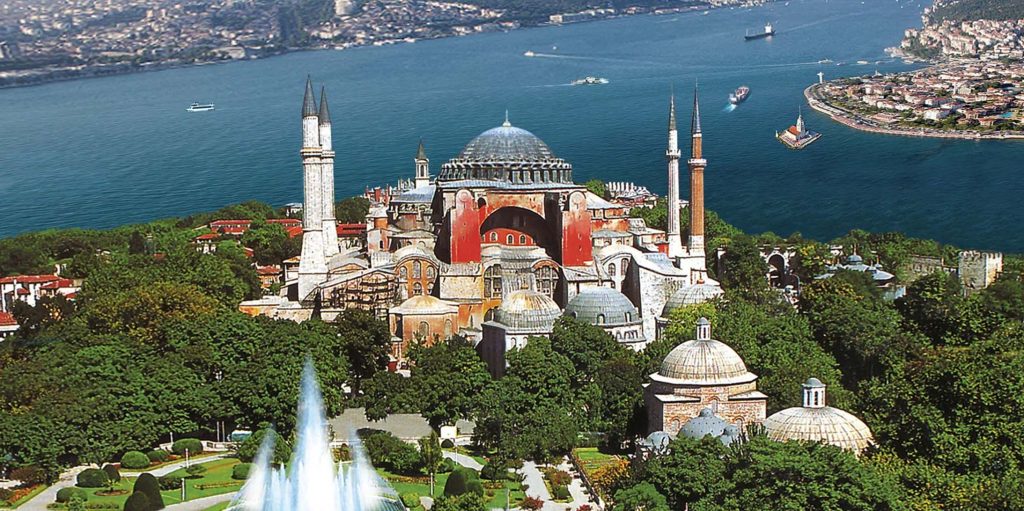
What to Do
- Explore the Interior: Marvel at the massive dome, mosaics, and marble pillars. The mix of Christian and Islamic art reflects the building’s diverse history.
- Learn the History: Take the time to read about its transformation over the centuries.
How to Get There
- Public Transit: The Hagia Sophia is centrally located. You can reach it via the Tram T1 line, getting off at the Sultanahmet station.
- Walking: If you’re staying in Sultanahmet, it’s within walking distance of other major attractions.
Tips
- Tickets: Purchase tickets in advance online to avoid long lines. Entry is generally free for Turkish citizens and residents.
- Crowds: Early morning or late afternoon visits are less crowded.
2. Topkapi Palace: Ottoman Grandeur
Topkapi Palace, once the residence of Ottoman sultans, is now a museum showcasing imperial collections and opulent rooms.
What to Do
- Explore the Courtyards: Wander through the palace’s lush gardens and opulent courtyards.
- Visit the Harem: The Harem section offers insights into the private lives of the sultans and their families.
How to Get There
- Public Transit: The palace is also reachable by Tram T1, alighting at the Gülhane stop.
- Walking: It’s a short walk from the Hagia Sophia, making it convenient to visit both in one day.
Tips
- Tickets: Consider buying a combination ticket for the palace and the Harem to save money.
- Guided Tours: To fully appreciate the historical context, a guided tour is recommended.
3. Bosphorus Cruise: A Scenic Waterway Journey
A cruise along the Bosphorus Strait offers stunning views of Istanbul’s skyline and historic sites.
What to Do
- Take a Cruise: Choose between short tours or longer trips that include meals and entertainment.
- Enjoy the Views: Look out for landmarks like the Dolmabahçe Palace and Rumeli Fortress.
How to Get There
- Ferries: Ferries depart from various points along the Bosphorus, including Eminönü and Kabataş. Tickets can be purchased at the ferry terminals.
Tips
- Timing: Evening cruises provide a picturesque view of the city lights.
- Weather: Dress warmly, as it can get windy on the water.
4. Grand Bazaar: A Shopper’s Paradise
The Grand Bazaar is one of the largest and oldest covered markets in the world, offering everything from jewelry to textiles.
What to Do
- Shop for Souvenirs: Browse the myriad shops for unique souvenirs like carpets, ceramics, and spices.
- Bargain: Haggling is expected. Don’t hesitate to negotiate prices with vendors.
How to Get There
- Public Transit: The Grand Bazaar is accessible via Tram T1, with the Beyazıt-Kapalıçarşı stop being the closest.
Tips
- Cash: Bring cash, as some smaller shops may not accept credit cards.
- Explore: The bazaar is vast; allocate a few hours to explore its different sections.
Street Food and Safety Tips
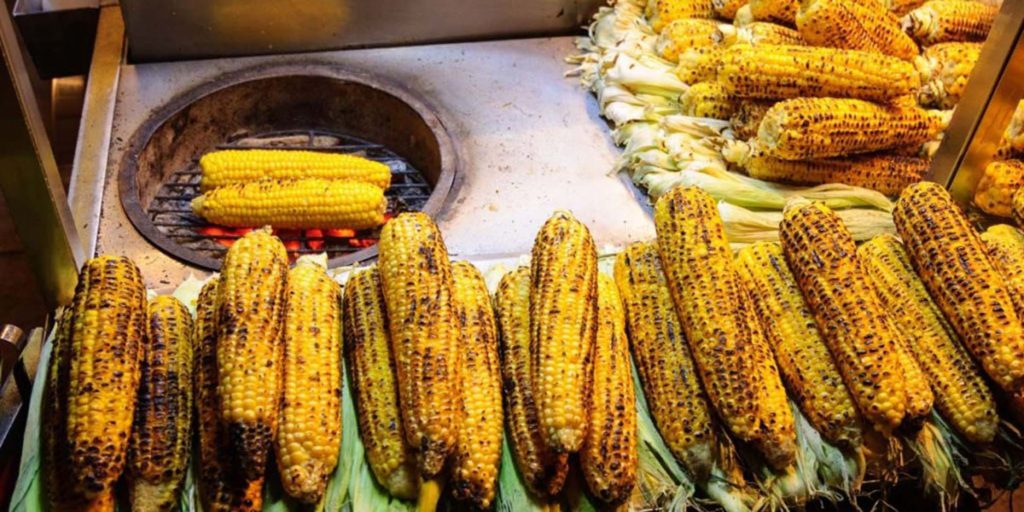
Popular Street Food
- Simit: Often referred to as Turkish bagels, simits are crunchy on the outside and soft on the inside. I enjoyed them fresh from street vendors, typically served with cheese and olives.
- Kebabs: Istanbul’s kebabs are a must-try. I sampled a variety, including döner and şiş kebabs, which were flavorful and satisfying.
- Baklava: For a sweet treat, baklava from local bakeries was delightful. The layers of flaky pastry filled with nuts and honey were a highlight of my culinary adventure.
Food Safety Tips
- Choose Busy Stalls: Opt for food stalls with high turnover for fresher ingredients.
- Observe Cleanliness: Ensure the food stall maintains a clean environment to avoid foodborne illnesses.
- Check Reviews: Online reviews can provide insights into the quality and safety of street food vendors.
Trip Planning and Budgeting
Planning Your Itinerary
- Research: I spent time researching attractions and creating a flexible itinerary. Be sure to include time for both planned activities and spontaneous exploration.
- Reservations: Book accommodations and tickets for major attractions in advance to secure the best rates and avoid long lines.
Adjusting Your Budget
- Set Priorities: Determine which experiences are most important to you and allocate your budget accordingly.
- Track Spending: Use a travel budget app to keep track of expenses and adjust your spending as needed.
Insurance Recommendations
- Travel Insurance: I recommend purchasing travel insurance to cover potential issues such as trip cancellations, medical emergencies, and lost belongings.
- Providers: Look for reputable providers with good coverage options. Companies like World Nomads or Allianz Travel offer comprehensive plans.
Istanbul is a city of contrasts and beauty, offering an array of experiences from its rich historical sites to its vibrant street food culture. By packing wisely, respecting local customs, and exploring its diverse attractions, you can make the most of your visit.
